ONE of the most important figures in Hindi cinema history you likely have never heard of is Sashadhar Mukherjee.
From producing record-breaking Bollywood blockbusters to launching new talents who would go on to become legends and founding a film dynasty, the bigthinking movie mogul helped lay the foundation for the giant Bollywood tower.
He also redefined filmmaking, introduced a western influence and inspired a generation to follow in his giant footsteps. Born on September 29, 1909, he died on November 3, 1990, and left behind a legacy that can still be felt today.
Eastern Eye decided to mark his death anniversary by revealing fascinating details about a cinema giant every Indian film fan should know a lot more about.
Bombay Talkies: Although legendary movie studio Bombay Talkies is most associated with producer Himanshu Rai and iconic actress Devika Rani, Sashadhar Mukherjee was a major driving force during its heyday in the 1930s.
Apart from helping to discover new talent, he introduced a western style of acting and filmmaking, which enabled Hindi cinema to take its first steps towards globalisation.
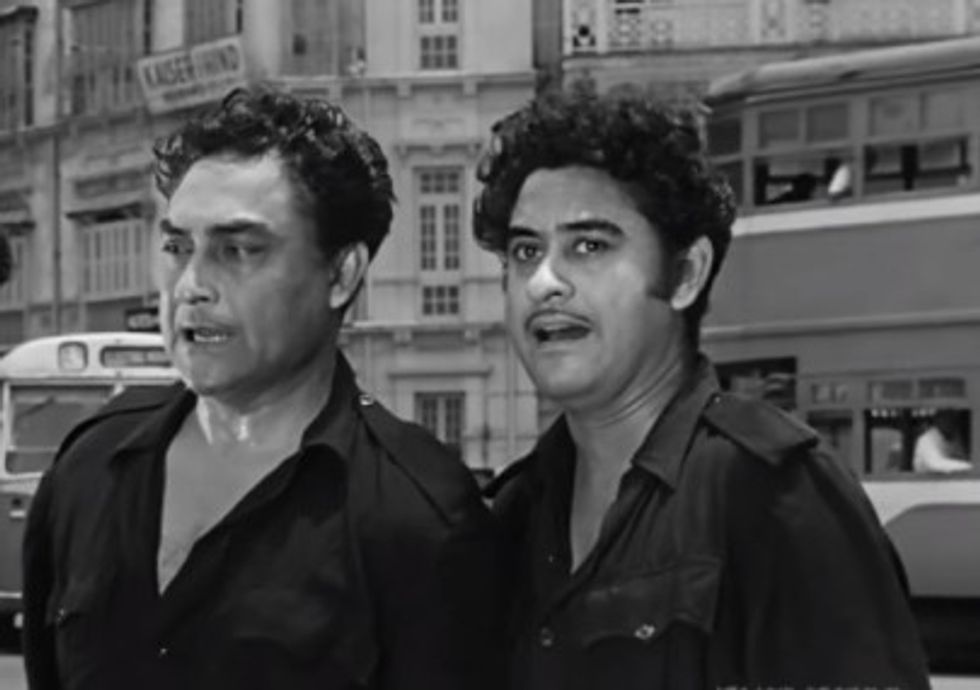
Kumar brothers: The forward-thinking producer introduced new talents throughout his career and it all started with helping to turn his brother-in-law into Bollywood’s first male superstar.
Mukherjee had married Sati Devi Mukherjee as a teenager and helped get her brother Kumudlal Ganguly a job at Bombay Talkies as a lab assistant.
Through a series of circumstances, he was rechristened as Ashok Kumar and launched as a film hero. Mukherjee trained the aspiring hopeful to become a good actor, including making him watch Hollywood films and ultimately redefined the Bollywood hero. Together they would introduce new elements like the first anti-hero.
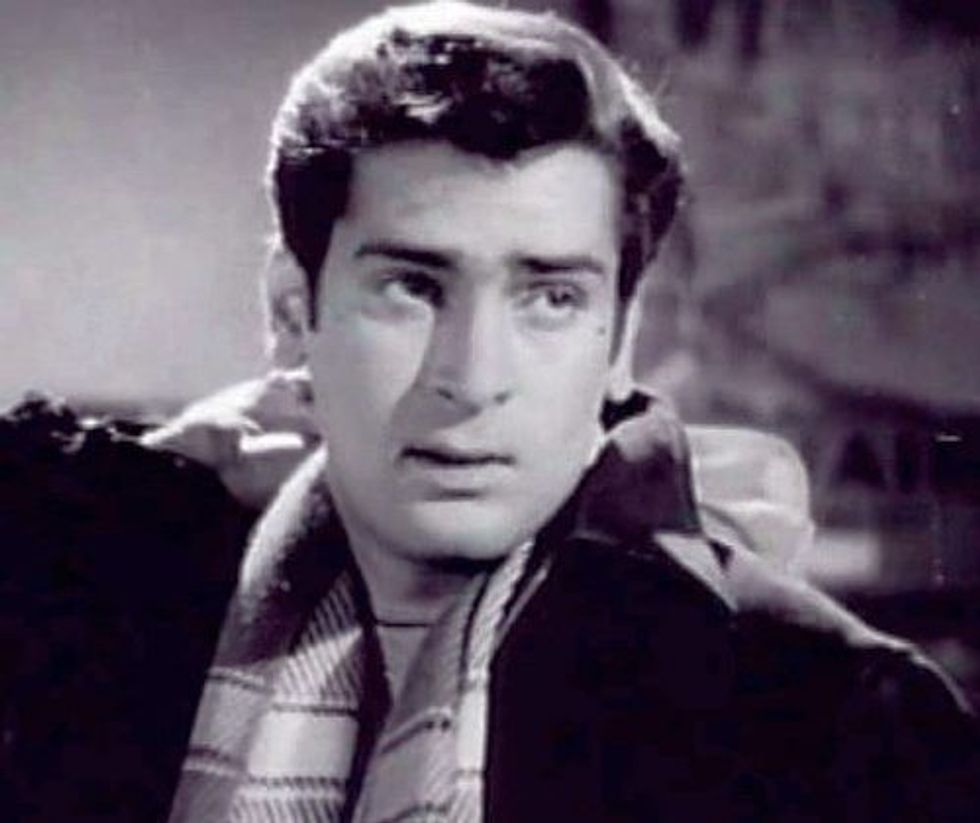
Mukherjee also opened the path for his other brother-in-law, Kishore Kumar, who would become a popular actor and one of India’s greatest ever singers.
Ashok said, “The one who really trained me was Sashadhar Mukherjee.
He was a superb person and, to tell the truth, if there was any intelligent man in films, it’s him. If there is any award higher than the Dadasaheb Phalke award, he should get it.”
Blockbusters: The first three Bollywood films that were truly considered blockbusters were the Bombay Talkies-produced Kangan (1939), Bandhan (1940) and Jhoola (1941), which Mukherjee helped to mastermind. Apart from clocking up huge box office numbers, the Ashok Kumar starrers introduced story elements that would be copied countless times in subsequent decades, including the lost-and-found formula.
Rock ’n’ roll: When a struggling Shammi Kapoor had asked Mukherjee to make him a star, the film mogul told him to shave off his moustache and come back tomorrow, which he did. The ace producer then transformed him into the Indian Elvis Presley for his game-changing rock ‘n’ roll classic Tumsa Nahin Dekha (1957), which turned Kapoor into an overnight superstar. The movie introduced a western edge into Indian cinema, which would help it go global and turn the dashing actor into a pin-up.
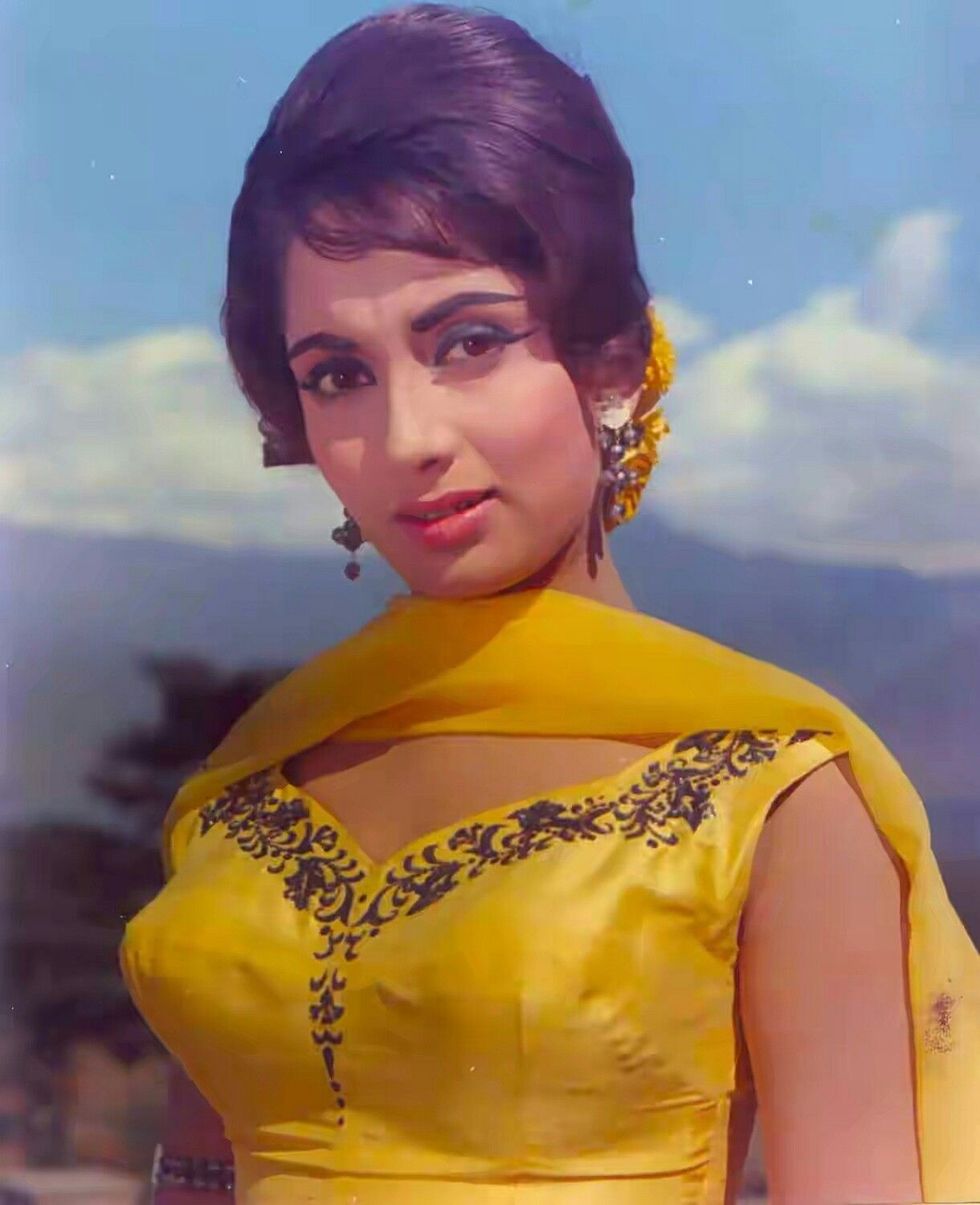
New talent: The producer introduced new talent, which ranged from influential filmmakers to lead stars, who would go on to become icons. Two of the alltime greats, who got their first big break thanks to him were legendary leading ladies Asha Parekh in Dil Deke Dekho (1959) and Sadhana in Love in Simla (1960). All-time great filmmakers, who got a big break thanks to him included Nasir Hussain, who would go onto mastermind countless classics like Teesri Manzil (1966), Yaadon Ki Baaraat (1973) and Qayamat Se Qayamat Tak (1988).
Family: Both his brothers-in-law, Ashok Kumar and Kishore Kumar, became legends thanks to him. He launched his younger brother Subodh Mukerji as a filmmaker with Munimji (1955) and Paying Guest (1957). He would go on to make influential films like all-time classic Junglee (1961). He helped turn his actor son Joy Mukherjee into a star with films like Love in Simla (1960) and Ek Musafir Ek Hasina (1962). He launched his nephew Ram Mukherjee as a filmmaker with Hum Hindustani (1960) and iconic drama Leader (1964). He is the father of actress Rani Mukerji, who is married to Yash Raj Film’s head, Aditya Chopra. His daughter-in-law is Tanuja and his grandchildren include actress Kajol. His grandson Ayan Mukerji has directed films including Wake Up Sid, Yeh Jawaani Hai Deewani (2013) and Brahmastra (2022). His granddaughter Sunita is married to Lagaan (2001) and Jodha Akbar (2008) director Ashutosh Gowariker.

Studios: A battle for power after Himanshu Rai died resulted in the collapse of Bombay Talkies and led him towards founding further game-changing studios.
He first co-founded the famous Filmistan Studios, which made influential films and gave a platform to renowned names like legendary writer Sa’adat Hasan Manto. It launched with the hit film Chal Chal Re Naujawan (1944) and followed up with successes like Shaheed (1948), Anarkali (1953), Munimji (1955), Tumsa Nahin Dekha (1957) and Paying Guest (1957). He then founded Filmalaya Studios, which made magnificent musicals like Dil Deke Dekho (1959), Love in Simla (1960) and Ek Musafir Ek Hasina (1962).

Legacy: Whether it is his descendants like Kajol, Rani Mukerji and Ayan Mukerji still working at the highest levels of Bollywood or the many story elements he created still being recycled, Mukherjee’s legacy continues today. Many newcomers he gave a break to would establish themselves and launch other talents, who would become all-time greats, like Nasir Hussain launching his nephew Aamir Khan. Ashok Kumar passed on acting techniques he learned from Mukherjee to Dilip Kumar, who would become Bollywood’s greatest actor. The studio space he created was used to shoot other movies. Many like Manoj Kumar got inspired to become actors after watching his films. That is why he should never be forgotten.

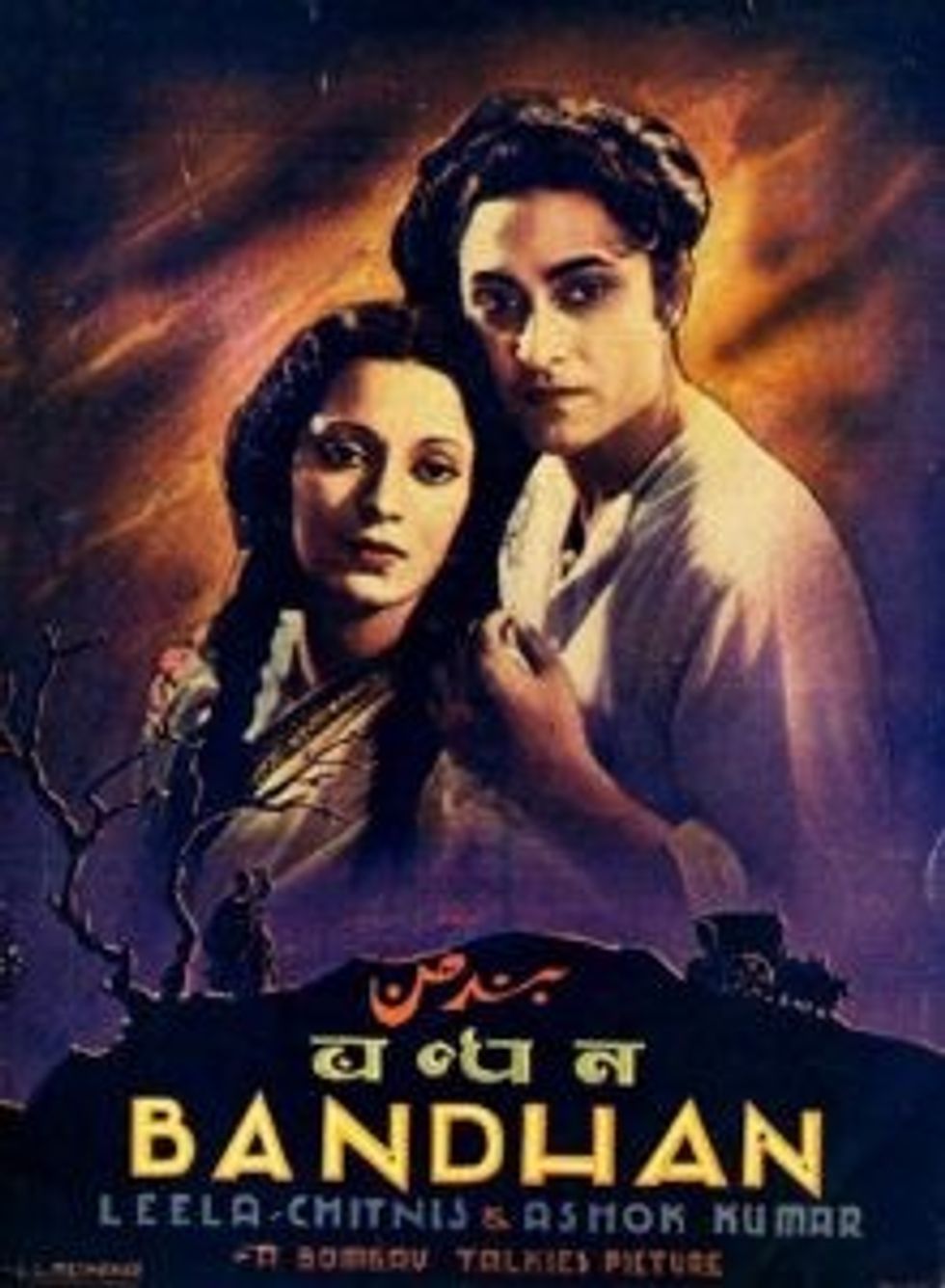





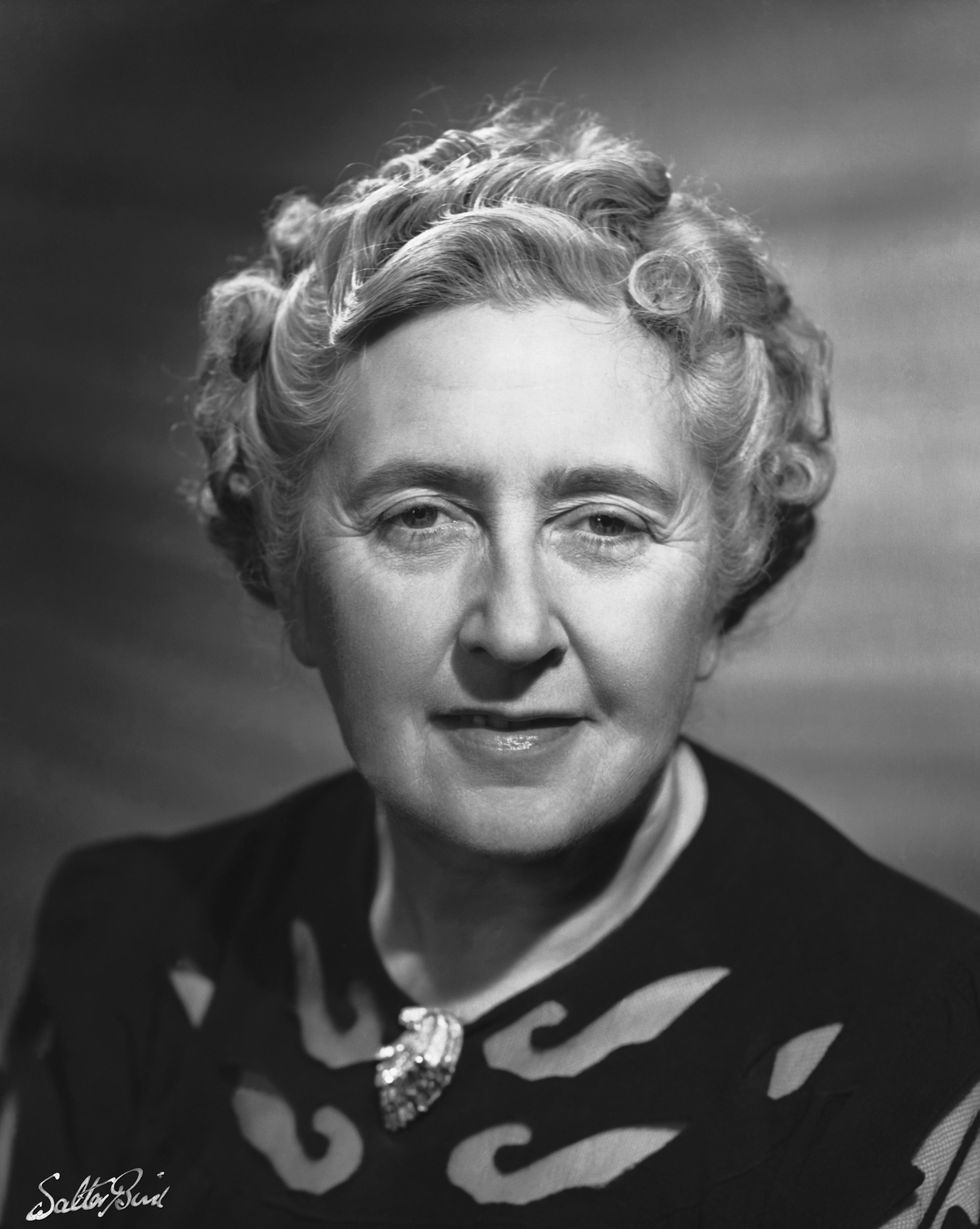 Agatha Christie
Agatha Christie


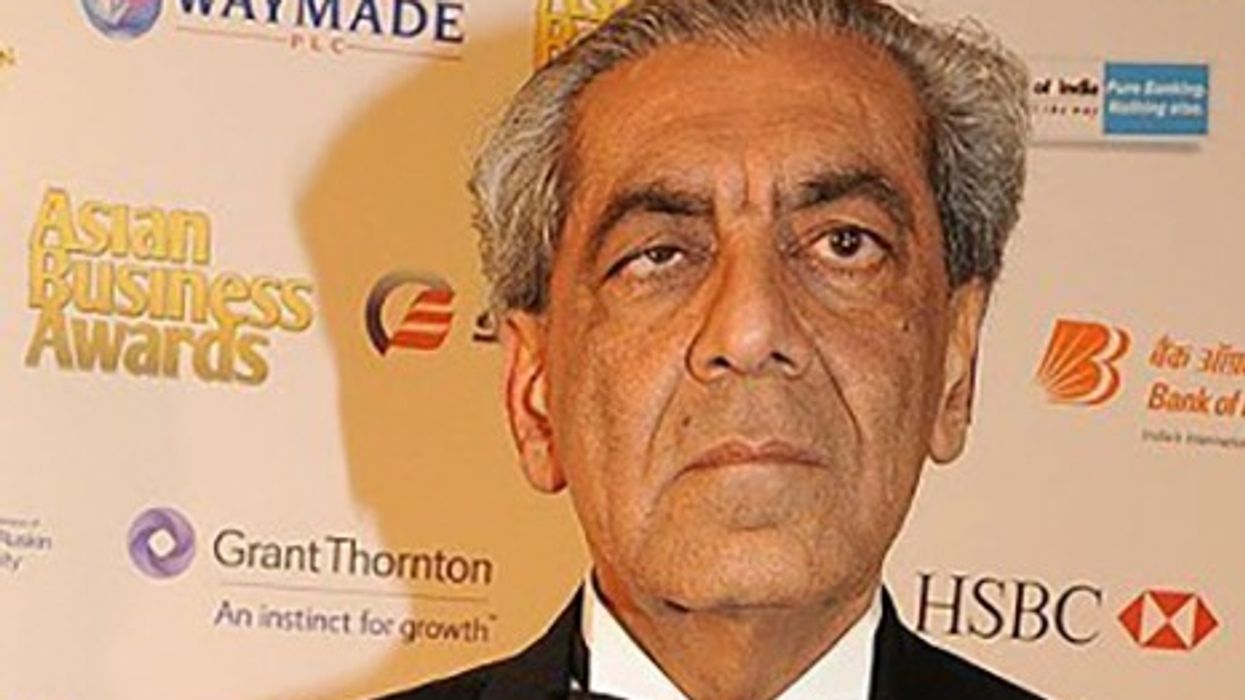






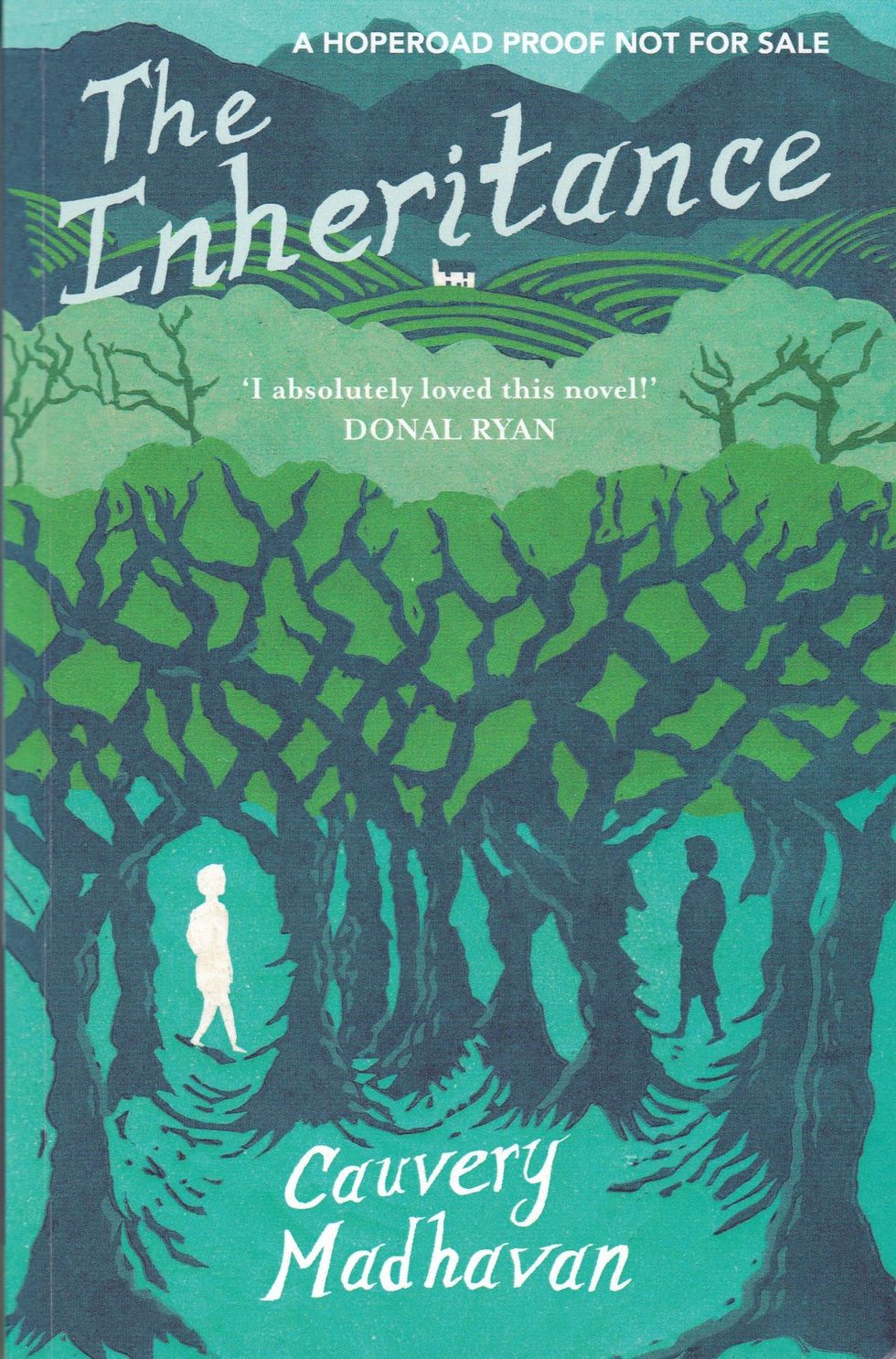 Her new novel
Her new novel Her cottage in Glengarriff
Her cottage in Glengarriff The view of the Caha mountains
The view of the Caha mountains
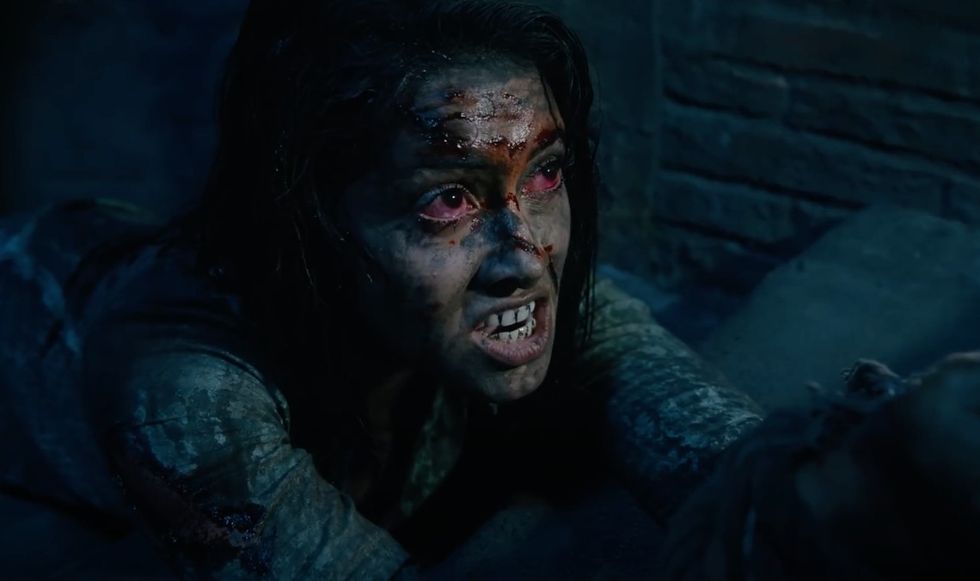 Chhorii 2
Chhorii 2

 Milli Bhatia
Milli Bhatia